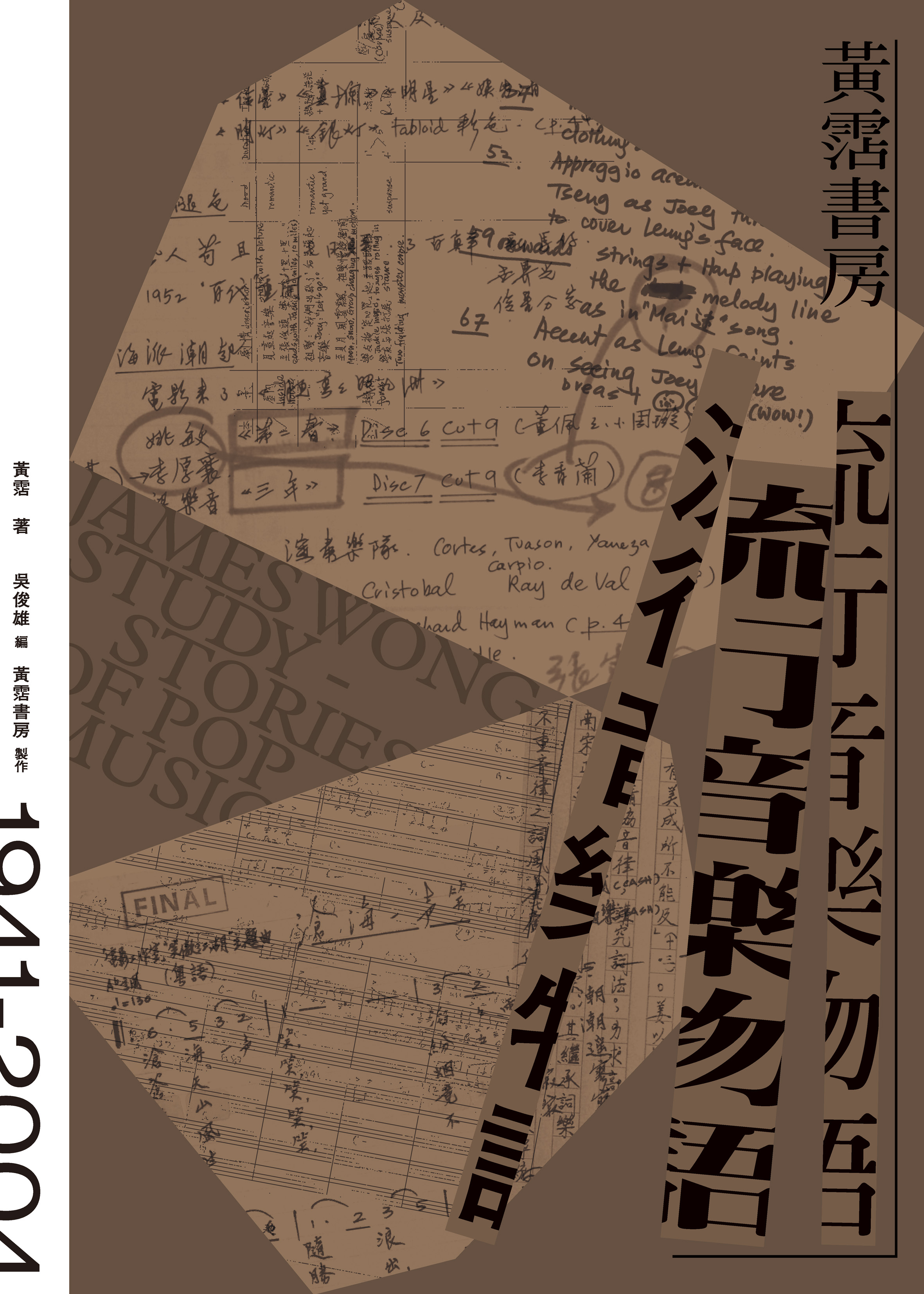
James Wong's Study: The Story of Pop Music
In 2005, I saw his private collection of memorabilia at James Wong's home for the first time. That year, ideas to preserve Lai Tak Estate and Central Waterfront gained much currency, and "conserving local culture" had become everyone's passion. Preserving James Wong's cultural relics became an urgent task. James Wong, who was a songwriter, had unique ideas about cultural preservation. In his eyes, culture is life, and the task of cultural preservation is to remember daily footprints and tell good stories about ordinary people. Hong Kong's history is special, and the fate of ordinary people is intertwined with the sensibility of the times. He has also played a role in inheriting and renewing Chinese culture in the past by chance. Preserving local culture requires the highest standards to store relics, sort out memories, and tell the twists and turns of Hong Kong's story. James Wong's ideas are quite subtle. On the one hand, James Wong is the "object" of cultural preservation. Organizing his manuscripts and explaining his life is to faithfully follow the footsteps of this popular musician and restore the local history. On the other hand, James Wong is the "advocate" of cultural preservation. His creations and notes provide clues on how to achieve cultural preservation well in Hong Kong. From this perspective, James Wong is not only the material of history, but also the method of writing history. Using James Wong's method to preserve James Wong’s work and update James Wong’s contexts is the challenge of this book. This book focuses on Hong Kong pop music, divided into four chapters, and tells the moving stories through the cultural relics in the library.




